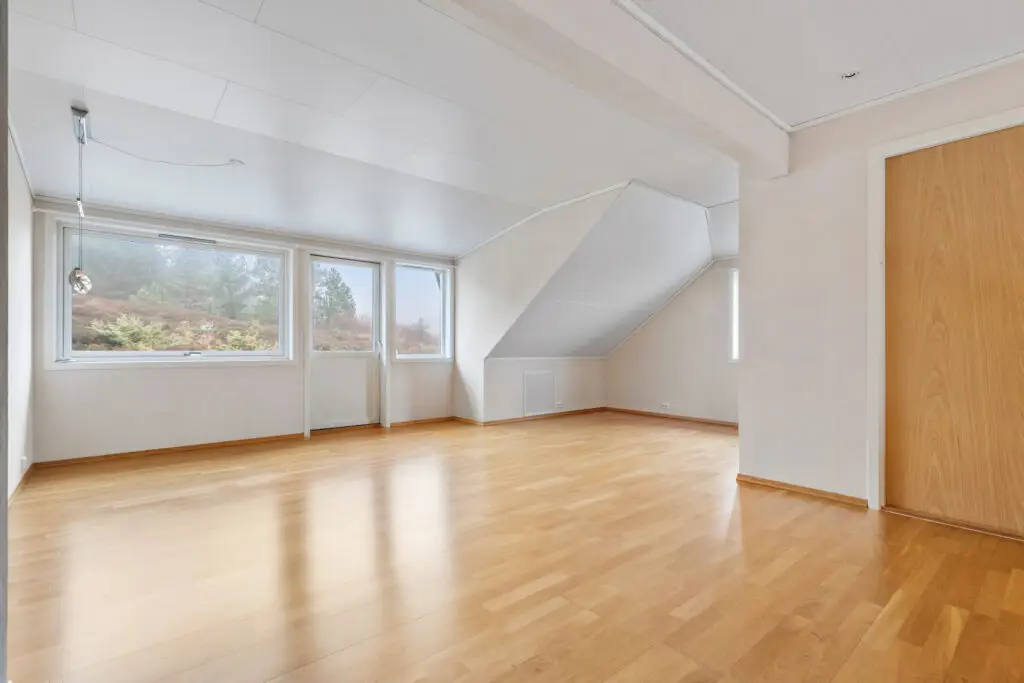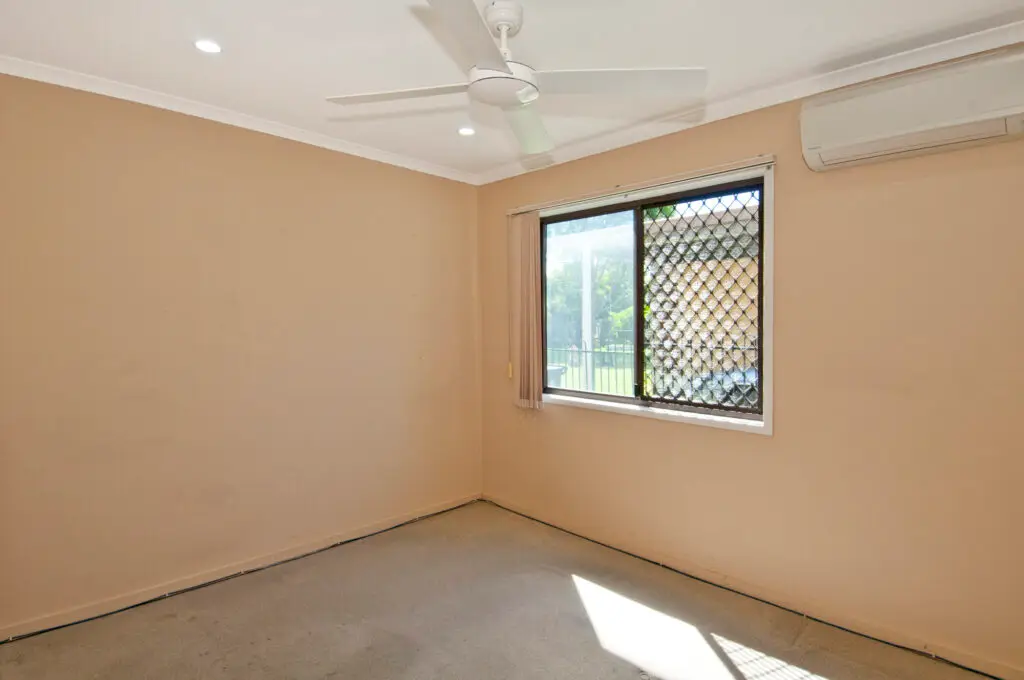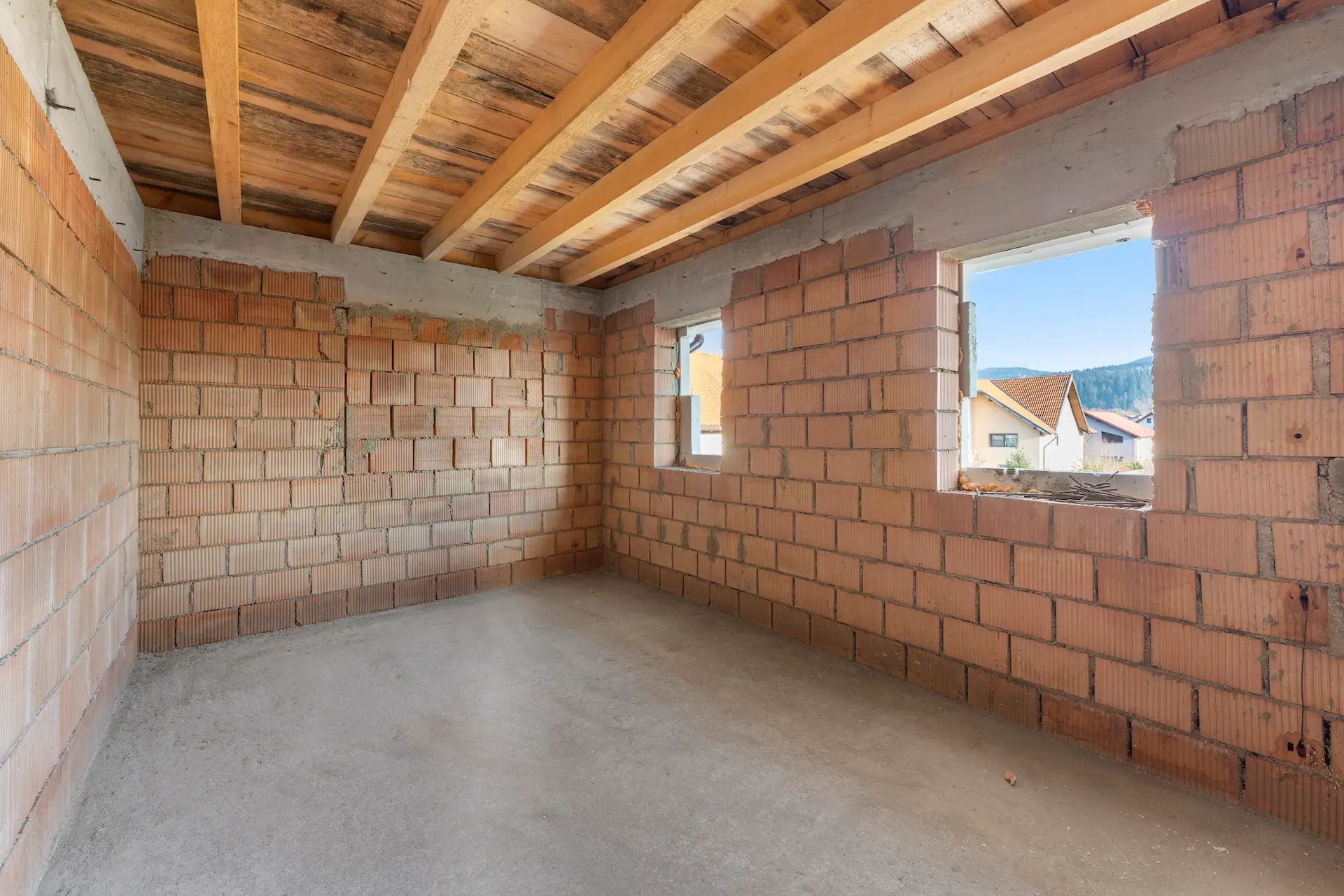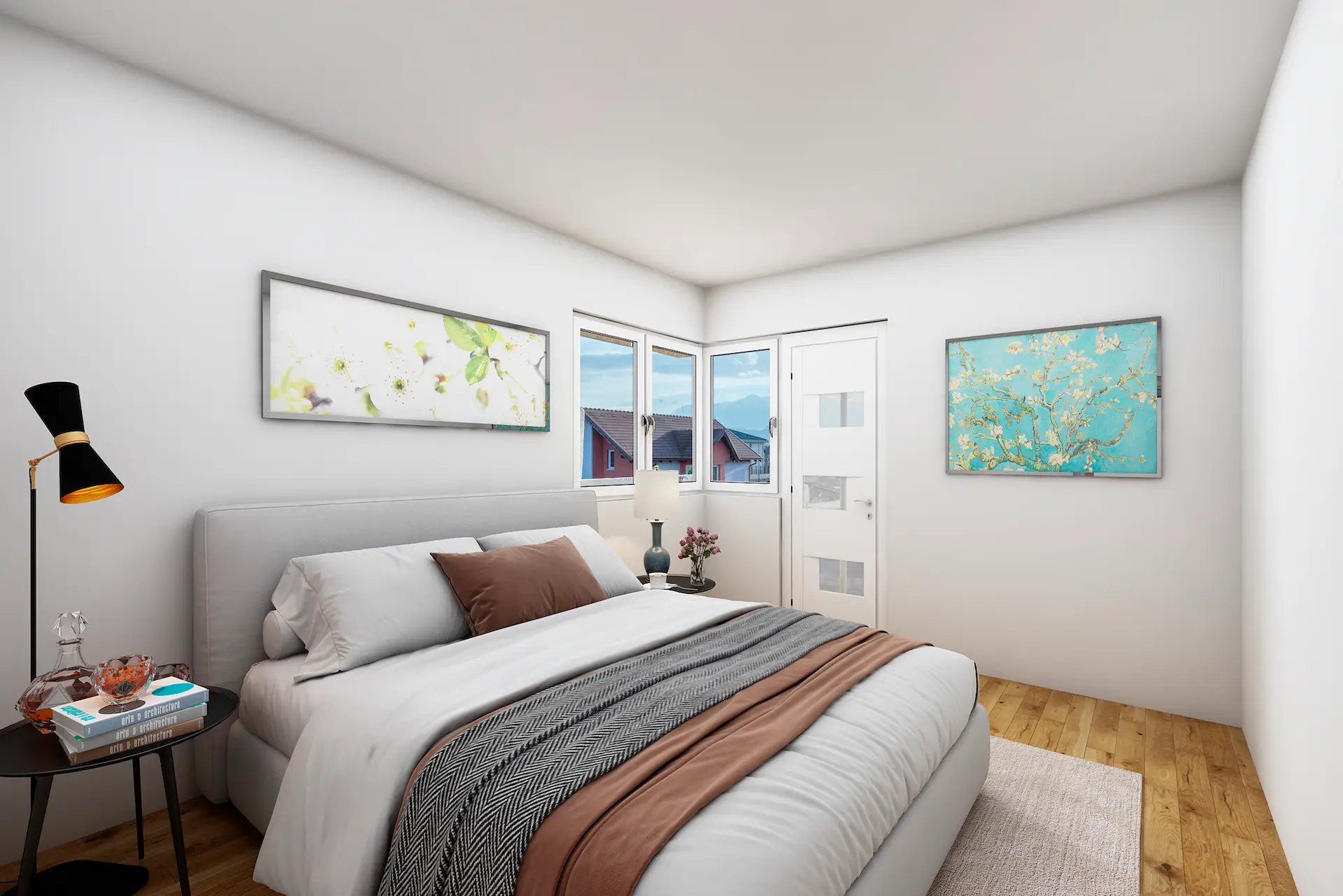
Enhancing Images Myths Busted: Real Estate Photo Editing Ethically and Effectively
Introduction
In today’s fast-moving real estate market, first impressions are made in a matter of seconds. For most buyers, that impression begins with the photos they see online. According to the National Association of Realtors, 97% of homebuyers begin their home search on the internet. Before they read a single description or contact an agent, potential buyers look at images to determine if a property is worth their time.
This is where enhancing images becomes a vital part of real estate marketing. Unfortunately, editing photos often carries a stigma. Many people, including agents and even some photographers, fear that any post-processing might be unethical or misleading. This belief has led to a number of widespread myths.
In this article, we’ll debunk the most common misconceptions about enhancing images in real estate, explore what is ethically acceptable, and show how editing can help homes sell faster and more effectively—without deceiving buyers.
Enhancing Images Is the Same as Deception
The biggest myth surrounding photo editing in real estate is the idea that enhancing images is inherently deceptive. This misunderstanding stems from confusing ethical enhancements with manipulation.
In reality, basic edits like adjusting brightness, correcting color balance, sharpening details, and replacing gray skies with blue ones are not meant to deceive. They are meant to correct the limitations of the camera and showcase the home as it appears under the right lighting and conditions.
Cameras do not always capture what the human eye sees. Shadows can distort color, indoor lighting can create yellow tones, and overcast skies can make even the most beautiful home look dreary. Enhancing images simply brings the photograph closer to what buyers would experience during an in-person showing on a sunny day.
A Redfin study showed that homes with professional photography sell 32% faster than homes listed with amateur photos. This is not because the photos mislead people, but because well-edited images attract more attention and help buyers visualize the property more clearly.
Ethical enhancements include:
- Brightening dim interiors
- Straightening lines that appear tilted due to lens distortion
- Replacing overcast skies with blue skies
- Removing temporary objects like cords, trash bins, or personal items
Unethical manipulation includes:
- Removing permanent flaws such as cracks in walls or ceilings
- Editing out nearby power lines or neighboring buildings
- Making rooms appear significantly larger than they are
Enhancing images should never mean fabricating a fantasy. It should mean showing the home’s full potential under ideal conditions while remaining honest about its real features.

Before: Uncorrected and HDR photo

After: Bright and HDR photo by Digihomestudio.com
Virtual Staging Means Unethical Enhancing Images
Virtual staging has grown in popularity due to its affordability and versatility. Instead of physically furnishing an empty home, digital designers can add furniture and decor using photo editing software. But many believe that virtually staged photos are misleading.
This myth exists because of poor disclosure practices, not because virtual staging is inherently unethical. Enhancing images with virtual staging is perfectly acceptable when done transparently. The purpose is to help buyers imagine how they could live in the space, which is particularly helpful in empty homes that might otherwise feel cold and uninviting.
The Real Estate Staging Association reported that staged homes sell 73% faster than unstaged homes. Virtual staging provides these benefits without the cost of physical furniture rental and setup.
To ensure virtual staging is ethical, agents should:
- Clearly label virtually staged images in the listing
- Include unstaged versions so buyers can compare
- Avoid using luxury furniture or decor that misrepresents the space’s true size or function
As long as virtual staging is disclosed and does not distort the home’s dimensions or layout, it is simply another method of enhancing images to support marketing and buyer engagement.

Before: Empty Room

After: Virtual Staging by Digihomestudio.com
Enhancing Images Violates MLS Guidelines
Another widespread myth is that all photo editing is against MLS (Multiple Listing Service) rules. While it’s true that MLS boards have strict policies regarding the representation of properties, most of them allow certain types of editing, especially when enhancing images for clarity.
Every MLS has slightly different rules, but most permit enhancements such as:
- Adjusting exposure and contrast
- Correcting lens distortion
- Cropping for better framing
- Replacing skies in exterior photos
What MLS guidelines usually prohibit is the alteration of permanent property features. This includes removing utility poles, changing flooring materials, or modifying landscaping in a way that does not reflect the current state of the property.
The National Association of Realtors emphasizes that images must not mislead consumers, but they encourage marketing that highlights a home’s best features. Enhancing images to present a clean, clear, and well-lit version of a home is not only permitted—it is encouraged, as long as it doesn’t misrepresent the facts.
The takeaway: agents and photographers should understand their local MLS rules, but they should not shy away from enhancing images responsibly. Editing to improve image quality is not the same as fabricating reality.

Enhancing Images Always Makes Photos Look Unrealistic
This myth is largely the result of bad editing. When image enhancements are done poorly—such as oversaturated colors, fake-looking skies, or overly airbrushed rooms—it can make listings appear inauthentic.
But this is not the goal of professional real estate photo editing. The objective is always to maintain realism. High-quality editing should make a property look clean, inviting, and true to its actual appearance on a good day.
A 2022 Zillow report showed that listings with high-quality photos receive up to 60% more views than those with average photos. However, these photos must strike the right balance. If the enhancements go too far, buyers may feel disappointed when visiting the home, which can erode trust.
Best practices for realistic image enhancements include:
- Maintaining true-to-life color tones
- Using natural-looking lighting effects
- Avoiding excessive sharpness or contrast
- Retaining architectural integrity
When enhancing images is done well, it improves buyer perception without altering reality. The space should still feel familiar when the buyer walks through the front door.

Before: Empty Room

After: Virtual Staging by Digihomestudio.com
Why Ethical Enhancing Images Matters in Real Estate
Enhancing images is not just about making a listing look better. It’s about helping buyers connect emotionally with a home. This connection is what drives offers and ultimately leads to a sale.
For buyers, enhanced images help them:
- Understand room sizes and flow
- Visualize potential furniture arrangements
- Picture themselves living in the space
For sellers, image enhancements can:
- Make a listing stand out among dozens online
- Increase the perceived value of the home
- Lead to quicker sales and better offers
For agents, professional editing:
- Enhances brand image and credibility
- Attracts more traffic to listings
- Reduces time on market
A report from IMOTO Photo found that listings with professional photography and editing receive 118% more views than those without. These views are critical in the first 48 hours, when a listing is most active and buyers are most engaged.
Ethical photo editing enhances the listing without misleading. It provides the buyer with a polished, true-to-life look at what the property offers.


How to Stay Ethical While Enhancing Images
Staying on the right side of the ethical line when enhancing images is simple if you follow a few clear guidelines:
1. Disclose All Edits
Always label virtually staged or twilight-converted images. Be upfront about changes that help with visualization.
2. Avoid Altering Permanent Flaws
Don’t hide mold, water damage, cracks, or other elements a buyer would expect to see during a showing.
3. Choose Reputable Editors
Work with experienced real estate photo editors who understand what’s acceptable in the industry and what crosses the line.
4. Know Local Guidelines
Stay informed about what your local MLS permits. Policies may vary from region to region, and compliance is essential.
Enhancing images ethically protects your reputation and builds trust with buyers. When the listing matches expectations, everyone wins.

Virtual Staging by Digihomestudio.com
Suggestions for Virtual Staging & Professional Photo Editing Services
If you are looking for a professional virtual staging service at an affordable price, Digihomestudio.com is a worthy place for you to trust and accompany. You can expect to invest around $29 for a meticulously designed and lifelike final image, suitable for showcasing your home across various digital platforms.
We have a network of world-class virtual stage editors and designers in Vietnam. To ensure the best level of service, the customer service team is located in the US.
Our virtual home staging services include:
- Staging for empty or furnished rooms
- 2D and 3D floor plans
- Change the color of the walls and floors
- Virtual renovation
- Erase furniture and small objects
- And much more!
If you’re prepared to elevate your real estate marketing strategies, reach out to Digihomestudio.com now and experience the benefits of collaborating with one of the top virtual staging firms available today.

Virtual Staging by Digihomestudio.com
Conclusion: Enhancing Images Is a Tool, Not a Trick
There is nothing inherently deceptive about enhancing images in real estate. Like any marketing tool, editing can be used well or misused. But when done with honesty and professionalism, it becomes one of the most effective ways to sell homes.
We’ve seen that:
- Editing is not deception—it’s clarity
- Virtual staging is not misleading—it’s imagination, with disclosure
- MLS rules support editing—within boundaries
- Quality editing enhances without exaggerating
Agents, photographers, and sellers should embrace editing as a tool to help listings stand out, connect with buyers, and sell faster. Just remember: the goal is not to change reality but to present it in the best possible light.





Leave a Reply